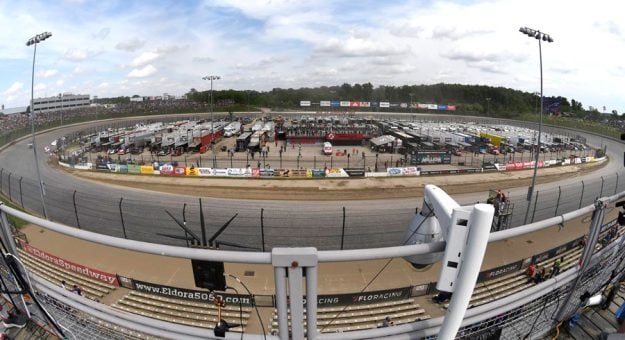WILMETTE, Ill. — Change and uncertainty are part of the equation in the sports world. As we move into the second half of the year, it is clear things will continue to operate in an atmosphere of uncertainty.
Indications were that normalcy was returning to the grid for the current racing season. However, the economic headwinds are proving otherwise. Most aspects of the motorsports industry are impacted.
In this column, we will examine the sectors and how they are responding to this adversity.
Sports-related Special Purpose Acquisition Companies were all the buzz with more than 150 entities filing to go public. By rule, most SPACs have 24 months to use their offering proceeds to find a merger partner. If they do not meet that deadline, funds must be returned to shareholders.
The rising stock market, strong investor demand and the allure of sports-related ownership fueled the frenzy. The rapid decline of the stock market, lack of suitable candidates and reputational risk of a deal failing looms heavy.
The Andretti Acquisition Corp. SPAC raised $200 million earlier this year but has yet to identify a target or complete a business combination.
Rising interest rates and higher inflation are not significantly impacting sports industry team sales and values in the short team. Recent transactions have been at record levels. Scarcity and legacy franchises are key.
Most other merger and acquisition activity has stopped as the cost of capital increases and market uncertainty continues. Deal volume will remain slow until a “new normal” is established.
NASCAR Cup Series charters are on solid ground. Last season’s busy market saw almost 20 percent of the 36 charters change hands. Multiple factors were at play — launch of the Next Gen car, a revised business model and an increased investor interest.
New team owners are showing up in the winner’s circle this year, proving those were good investments. This creates interest from sponsors and smaller investors who want to be part of a front-running organization.
Competing on the track is a major concern.
Shortages are everywhere — parts, car bodies, etc. — are affected by supply-change problems.
Tires are one of the most visible areas of concern as the shortage is having a great impact on the short-track racing industry. Raw material prices are at historical levels with limited supply. Labor costs increase in a tight employment market. Logistical expenses are up with rising gas and energy rates. Price increases are being passed on to racers.
Inventory deficits remain due to the pandemic shutdown and increased demand for specific market segments. Production is being raised by manufacturers and will take time to get out the hole.
At the track, hesitation remains. The cost of getting to the track is at record levels. Fuel is expensive.
Budgets were made and readjustments are constantly being made.
In some cases, drivers and teams are willing to remain parked as their races are not paying adequate purse money.
Fans are making difficult decisions about how to spend their dollars, skipping weekly shows for every third race and watching weather forecasts closely. The ability to watch their local track on streaming video networks such as SPEEDSPORT.tv is a viable option.
These are not new issues for motorsports.
Business is cyclical and operations must be lean and flexible to remain viable. Optimism is a powerful thing to have during a downturn with a view it will get better and be resilient. Racers compete and may lose but keep coming back.
